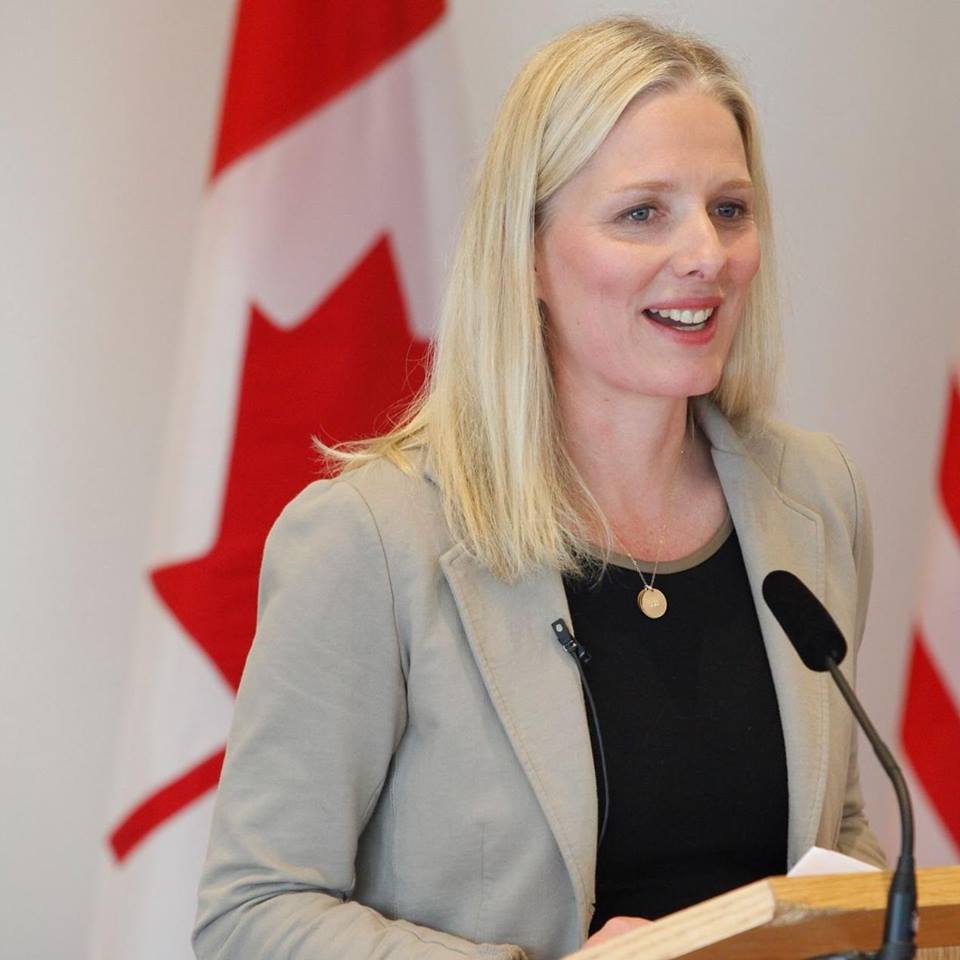
FORT PROVIDENCE, N.W.T. – It’s where elders hunt and children hear their stories by the campfire. And after a deal signed Thursday between First Nations and the federal government it’s likely to stay that way.
Federal Environment Minister Catherine McKenna and four Indigenous communities from the Dehcho region in the Northwest Territories have agreed to create Edehzhie, an area more than twice the size of Banff National Park where all industrial development will be banned.
“It is a place our ancestors used from time immemorial,” said Dehcho Grand Chief Gladys Norwegian.
Edehzhie will cover more than 14,000 square kilometres of forest, wetlands and lakes – a wilderness where birds fill the sky, fish teem in rivers and vast caribou herds roam the plains.
“It’s a really exciting opportunity,” said McKenna. “It’s a huge area and it’s part of what we’re trying to do, work in real partnership with Indigenous people.”
McKenna said Edehzhie will be Canada’s first Indigenous Protected Area, a new classification that offers the same protection as a National Wildlife Area. Such regions will be crucial to Canada meeting its international commitment to protect 17 per cent of its land area by 2020.
“They’re extremely important,” McKenna said. “There’s a variety of different ways that we’re going to need to look at how we meet these goals, but certainly Indigenous people are very keen to be part of the solution.”
Areas like Edehzhie –also known as the Horn Plateau – have advantages over new national parks, she said.
“Parks are limitations from the perspectives of Indigenous people. This allows you to be much more creative.”
Ottawa has created several other protected areas with guidance from and managed by First Nations, including Haida Gwaii in the Pacific and Lancaster Sound in the High Arctic.
The Dehcho communities of Fort Providence, Jean Marie River, Fort Simpson and Wrigley have been working to preserve Edehzhie since 1988. They took the former Conservative government to court in 2010 after it quietly dropped protection from mining.
The Dehcho government agreed to preserve Edehzhie in a vote at its council last summer.
“To put it simply, it’s just to protect another piece of our way of life” Norwegian said.
She said everyone has memories from the area, including first trips on the land with their fathers and the older men, or afternoons sitting in the sun.
“It’s a lot more than just sitting there. It’s living with the land, taking and giving of the land, a relationship with the land.”
Edehzhie is known as the “breadbasket” of the Dehcho, a place of abundance when times are tough elsewhere.
“It’s a land of plentiful berries, wildlife and medicine plants,” Norwegian said.
Edehzhie is closely connected to Dene sprituality as well. Several of its landscapes are associated with the adventures of Yamoria, the great mythic hero and law-giver of the Dene.
That island in the middle of Willow Lake? That’s where two giant beavers built a dam while fleeing him.
Local people will monitor activities on the land and keep an eye on things. It will be administered by a committee with federal representatives but dominated by the four communities.
Environment Canada has committed $5 million over five years for the effort.
“It will continue to be used freely for hunting, for any kind of need,” Norwegian said. “We’ll be able to pass it along to our children.”